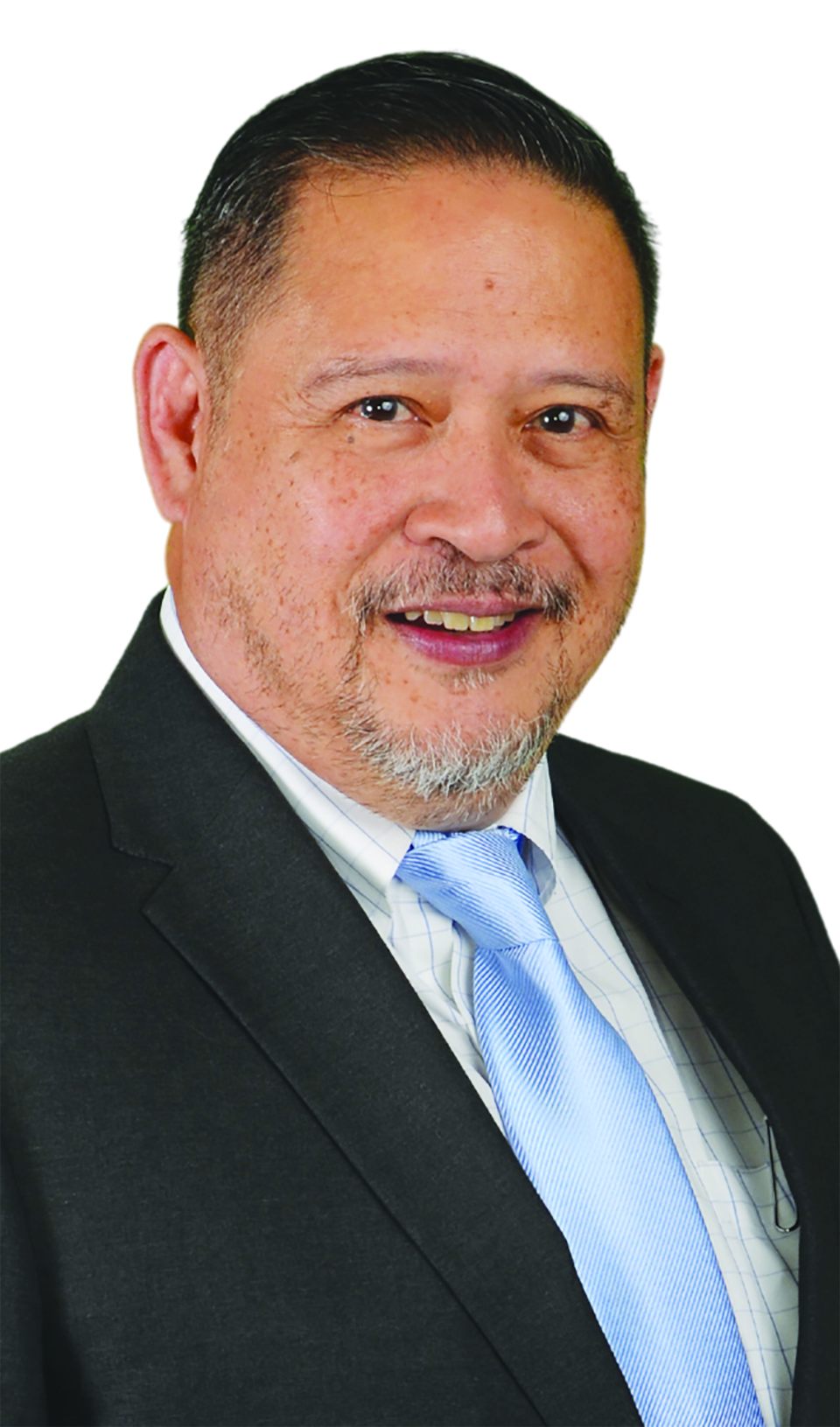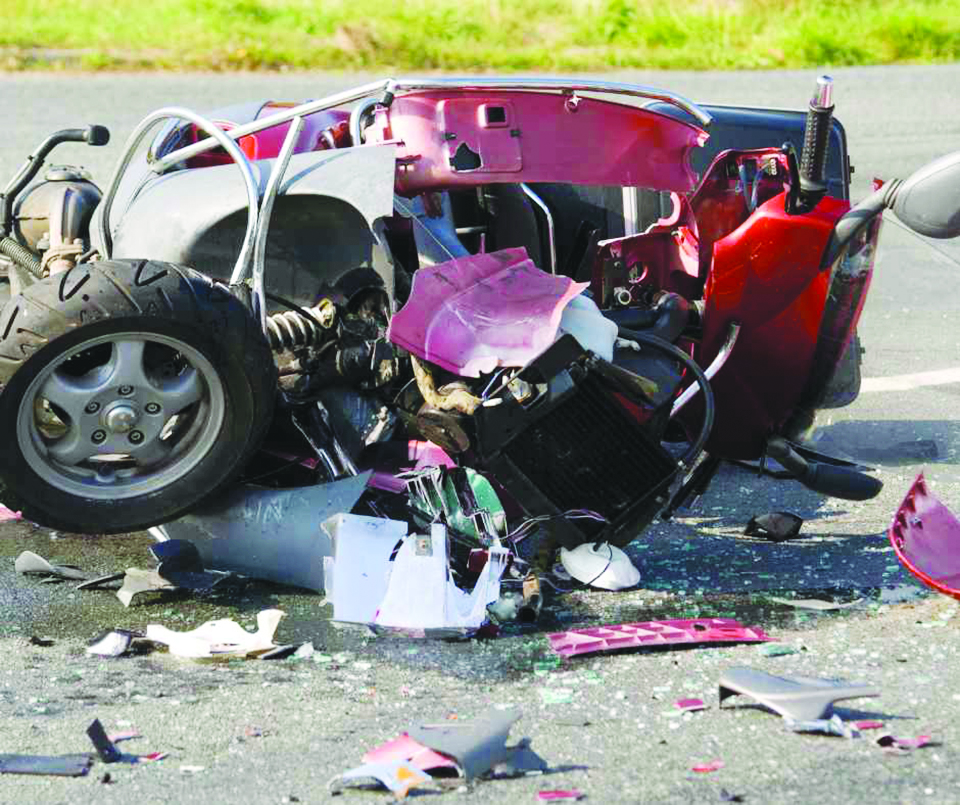By Junep Ocampo
The headlines are stark and harrowing: "4 dead in Marcos Highway crash." A car collides with a man and two motorcycles, resulting in two deaths and three injuries. It's a litany of shattered dreams, a seemingly endless narration of tragic stories that demand attention.
The urgency of the situation is prompting a critical question to all: Can something be done to address this crisis on Philippine roads?

MICHAEL RELLOSA
Responding to the challenge, insurance companies in the Philippines are uniting to confront the pressing issue of road safety. Their collaborative efforts aim to tackle the crisis head-on through a multisectoral campaign that combines education, enforcement, and engineering. The goal is clear: to lessen, if not completely stop, the alarming trend of road fatalities in the country.
Government statistics are alarming—around 11,000 people die on Philippine roads annually, with a significant number of them being pedestrians falling victim to vehicular crashes.
Michael Rellosa, the executive director of the Philippine Insurers and Reinsurers Association (PIRA), deems these figures unacceptable.
"We have to make our roads safer," he asserts, emphasizing the need to educate Filipinos about how insurance works. "It is truly regrettable that people only think of insurance when they already figure in a road crash. We have to make Filipinos insurance-conscious and make insurance work for them."
Drawing inspiration from successful models in other countries, particularly the United States, where the Insurance Institute for Highway Safety leads research on car safety and driver education, the Philippine insurance industry is poised to play a pivotal role in enhancing road safety.
The manifestation of these efforts is the launch this week of a comprehensive road safety campaign in Makati, bearing the theme "Making Roads Safe is Everybody's Business." This initiative symbolizes a united front, bringing together insurance companies, road safety advocates, engineering experts, and law enforcement agencies—all committed to addressing the critical issue of road safety.

Traffic signs
A key partnership in this endeavor is with the Land Transportation Office, which is currently implementing a five-year Philippine Road Safety Action Plan (PRSAP) focused on prevention and education. The PRSAP 2023-2028 is a robust plan serving as a roadmap for road safety in the country. With a target of achieving at least a 35 percent reduction in road traffic deaths by 2028, it encompasses five pillars: road safety management, safer roads, safer vehicles, safer road users, and post-crash response. The insurance industry aims to play a pivotal role across all these pillars, with a particular emphasis on prevention.
The industry is also forging alliances with research institutions to bolster its efforts. One such collaboration is with the National Center for Transportation Studies of the University of the Philippines. This partnership facilitates research and data processing using information available to insurance companies.
Rellosa points out that insurance companies in the Philippines already possess a wealth of historical data on vehicular crashes, as they are the entities that handle claims when these tragedies occur. However, for far too long, this valuable data has remained underutilized. "Yet for the longest time, these data simply lie idle in the computers of insurers, as if waiting for the opportune time to tell the big story behind these tragedies," he explains.

CAR CRASH
This initiative is not just about preventing accidents but also about understanding the root causes of crashes. The insurance industry is collaborating with the Automobile Association Philippines, representing car owners, and the Motorcycle Philippines Federation, advocating for motorcycle riders. These partnerships acknowledge the significant role private vehicles play in road crash statistics.
"Private vehicles comprise the majority of vehicles on the road and account for a big chunk of road crash statistics," Rellosa notes. "It is only fitting that we focus on them to understand the reasons why they figure in road crashes. It is by understanding that we can come up with data-driven interventions and programs."
The emphasis on understanding and preventing accidents is a paradigm shift for the insurance industry. Traditionally viewed as a sector that comes into play after an incident has occurred, insurers are now actively engaging in proactive measures. The overarching theme is clear—to prevent accidents before they happen and to make roads safer for everyone.
Rellosa encapsulates the vision succinctly: "We want to prevent the crash from happening in the first place. And we want to do this by understanding the risk profiles of our clients and educating them based on it." This proactive stance, coupled with partnerships across sectors, positions the insurance industry not just as a financial safeguard post-accident but as a proactive force for change.